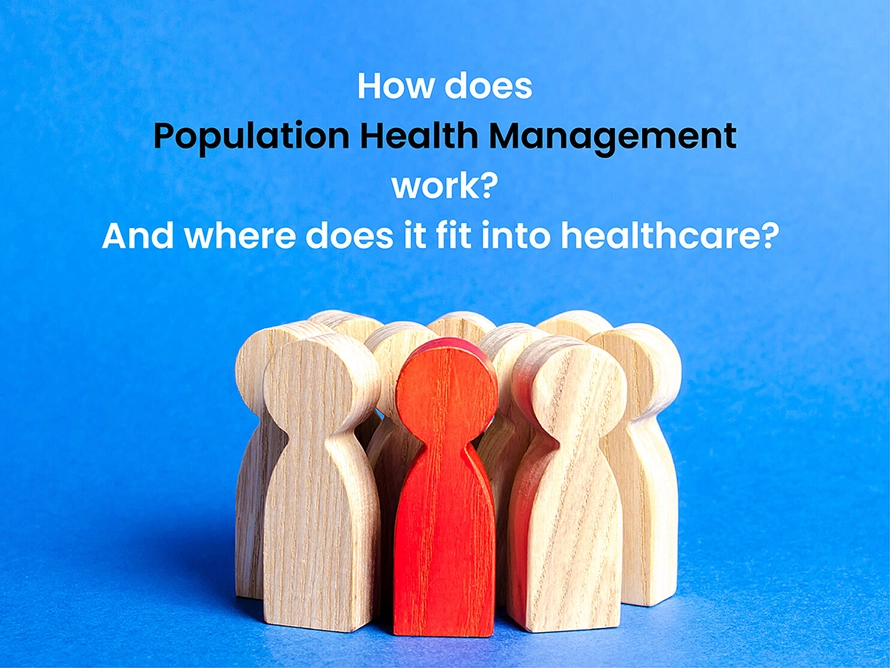Increase your web traffic with Bootbox.
Lorem ipsum dolor sit amet, cons rcquisc adipiscing elit.

Population health management involves the aggregation of patient data from multiple health information systems to create a single, longitudinal, and actionable patient record in a centralized repository and analysis of that data to get meaningful insights through which healthcare providers can improve both clinical and financial outcomes.
Population health management systems use business intelligence technology to analyze health information and create a unified 360-degree view of each patient, enabling care providers to monitor and identify high-risk individuals within patient groups. As well as, help improve clinical outcomes while lowering care costs.
Forefacts creates robust care management and risk assessment infrastructure in healthcare organizations to help bring enterprise-wide clinical, financial and operational data together and delivers actionable insights to improve efficiency and patient care while lowering costs. Using this consolidated patient data, care providers can identify care gaps and foster personalized treatment plans for each individual.
The population health management system extracts data pertaining to individual patients from multiple sources, such as EHRs, patient portals, wearables, and more to stratify and segment patients into a healthy and high-risk population group. This helps care providers to administer chronically ill patients and manage diseases more effectively.
Population health solutions enable care providers to transition from volume-based care to value-based care and predict future risks of each individual using third generation big data intelligence, improving care outcomes.
The unified architecture weaves a comprehensive clinical picture of each patient by accumulating data from diverse sources. It pinpoints unmet needs and enables care providers to close the gaps in patient care.
The fully-integrated system makes it easier for care providers across the continuum to exchange health information pertaining to individual patient’s and improves communication among all the players involved in patient care.
An emphasis on health and prevention is ignited by population health management, rather than only focusing on the treatment of illness. It empowers people to take control of their health, reduces hospitalizations and length of stay, and helps avoid re-admissions which serves as a win-win situation for both patients and providers in reducing care costs.
The population health management system helps care providers to address patients individually, helps foster personalized care plans for them, and enables personalized communication via digital outreach methods.
The growing population and their needs, along with the rising costs, have given rise to new challenges in healthcare. It has driven a new wave of transformation in healthcare. Today, healthcare providers are seeking technology that will help them solve this issue and create an infrastructure in the healthcare continuum that will remain sustainable in the future. The goal is to provide quality care to their patient population at lower costs while providing personalized experiences to each individual.
 20
20Lorem ipsum dolor sit amet, cons rcquisc adipiscing elit.
 24
24Lorem ipsum dolor sit amet, cons rcquisc adipiscing elit.
 10
10Lorem ipsum dolor sit amet, cons rcquisc adipiscing elit.
Forefacts can help you to build a sustainable healthcare ecosystem that improves both care and business outcomes, as well as enables you to deliver value-based care with lower care cost per capita.
Click here to register for a free demo.